A Fine Pair of Large Gilt-Bronze and Baccarat Crystal Girandoles, Potocki Mansion, c. 1890
Description:
Wall lights, or girandoles, are among the most fascinating objects of art and history, often associated with the elegance of 18th-century interiors.
This exceptional and decorative pair of large Regence Baroque-style girandoles originates from the former Hôtel Particulier of Count Potocki. Crafted in gilt bronze with their original gilding, each features seven scrolled candle arms adorned with white opaline faux candles. The girandoles rest on a substantial circular base topped by a baluster stem, and are embellished with cut crystal elements—including large half-pears, beads, and rosettes. The upper section is crowned by a stylized gilt-bronze finial.
This fine French work, in the Regence style, was manufactured in the late 19th century, around 1880, with the cut crystal decoration attributed to the Baccarat Crystal Works.
Dimensions:
Height: 37 in (94 cm)
Width: 26 in (66 cm)
Depth: 13.8 in (35 cm)
Condition:
Excellent, well-preserved.
About Baccarat:
In 1764, King Louis XV granted Louis-Joseph de Montmorency-Laval, Bishop of Metz, permission to establish a glassworks in the village of Baccarat in Lorraine. In 1824, Ismaël Robinet, a Baccarat glassworker, invented a piston-driven air pump that revolutionized glassblowing. The following year, Baccarat perfected the pressed-glass technique. At the 1855 Paris Universal Exhibition, Baccarat showcased monumental pieces, including two candelabras and a chandelier. On October 29, 1860, Baccarat registered its trademark—a carafe, a stemmed glass, and a goblet enclosed in a circle—with the Paris Commercial Court. Initially printed on paper labels, the mark was later engraved directly onto the pieces.
Baccarat crystal is renowned for its exceptional quality, containing no less than 31.7% lead and meeting the highest standards of craftsmanship. The Baccarat Crystal Works has endured through generations, remaining a symbol of the French art de vivre.
Provenance:
Potocki Mansion (Hôtel Particulier), Paris Built in the late 19th century for Count Félix-Nicolas Potocki and his wife, Countess Emmanuela Potocka, the mansion hosted one of the most celebrated literary salons of the Belle Époque, attended by figures such as Maupassant.
Its splendid neoclassical façade, adorned with Ionic columns, sets the tone for the opulence within. Beyond the entrance, visitors are greeted by a grand marble staircase in eight shades, flanked by Corinthian columns, as well as 17th-century tapestries and an array of artworks.


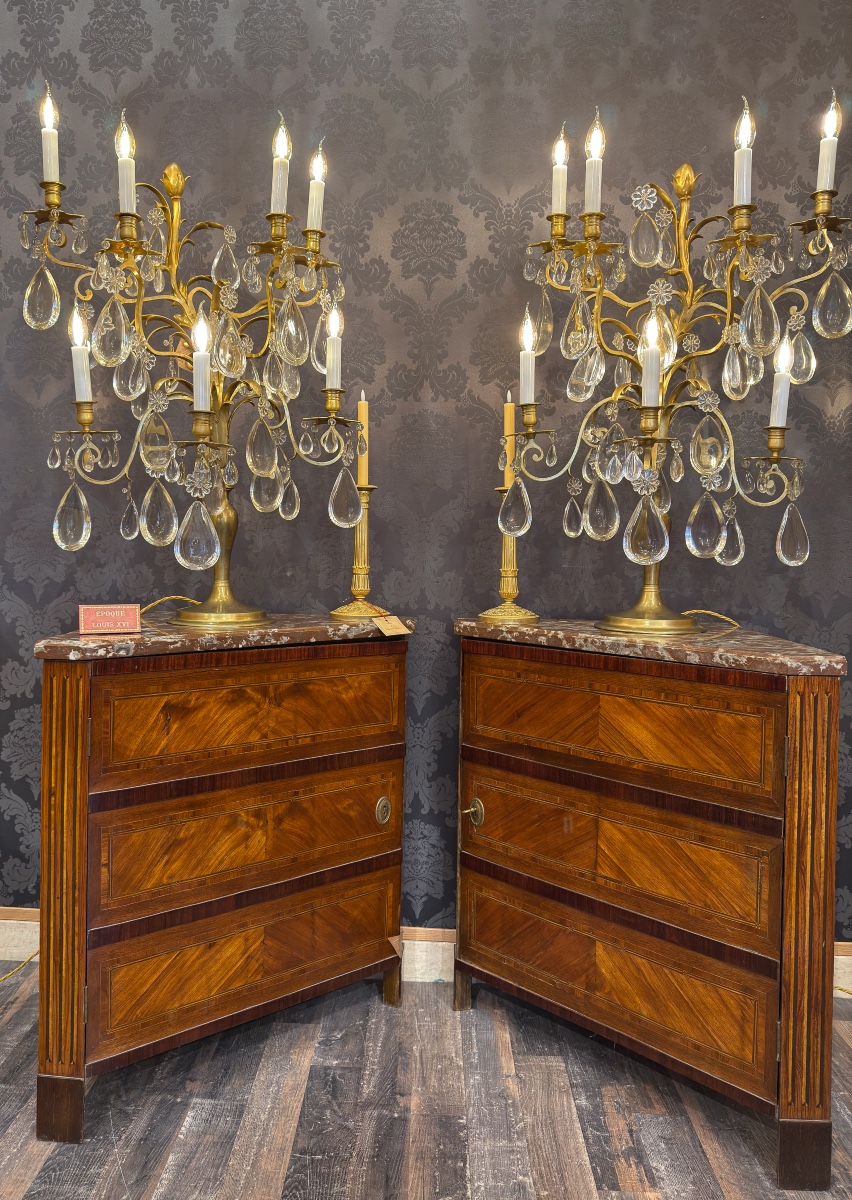
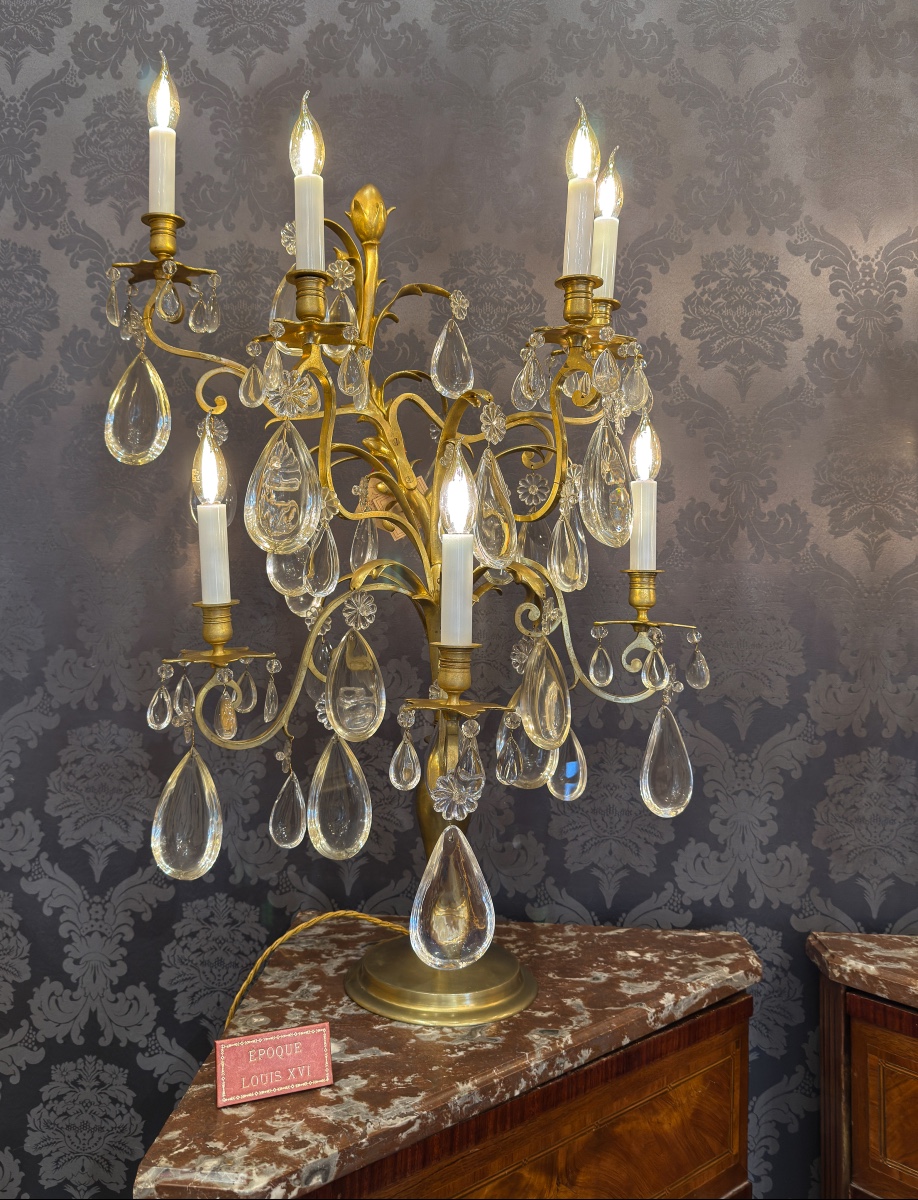
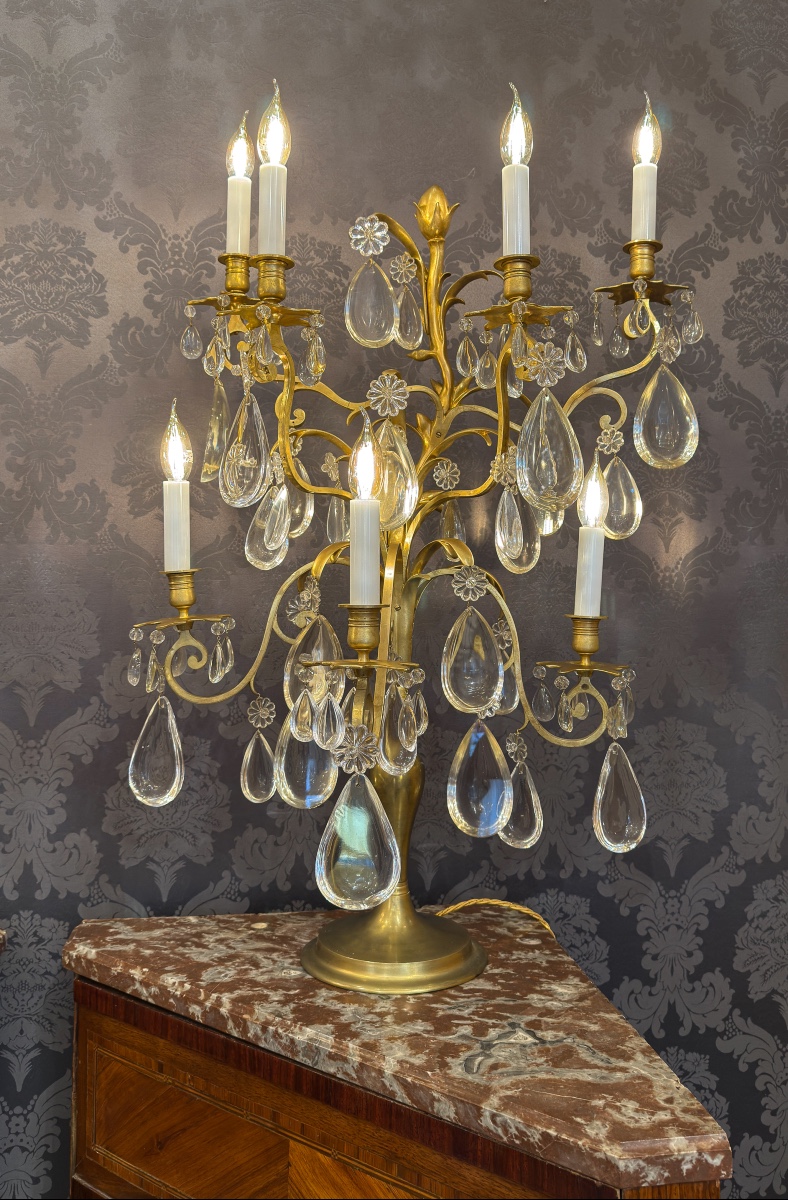
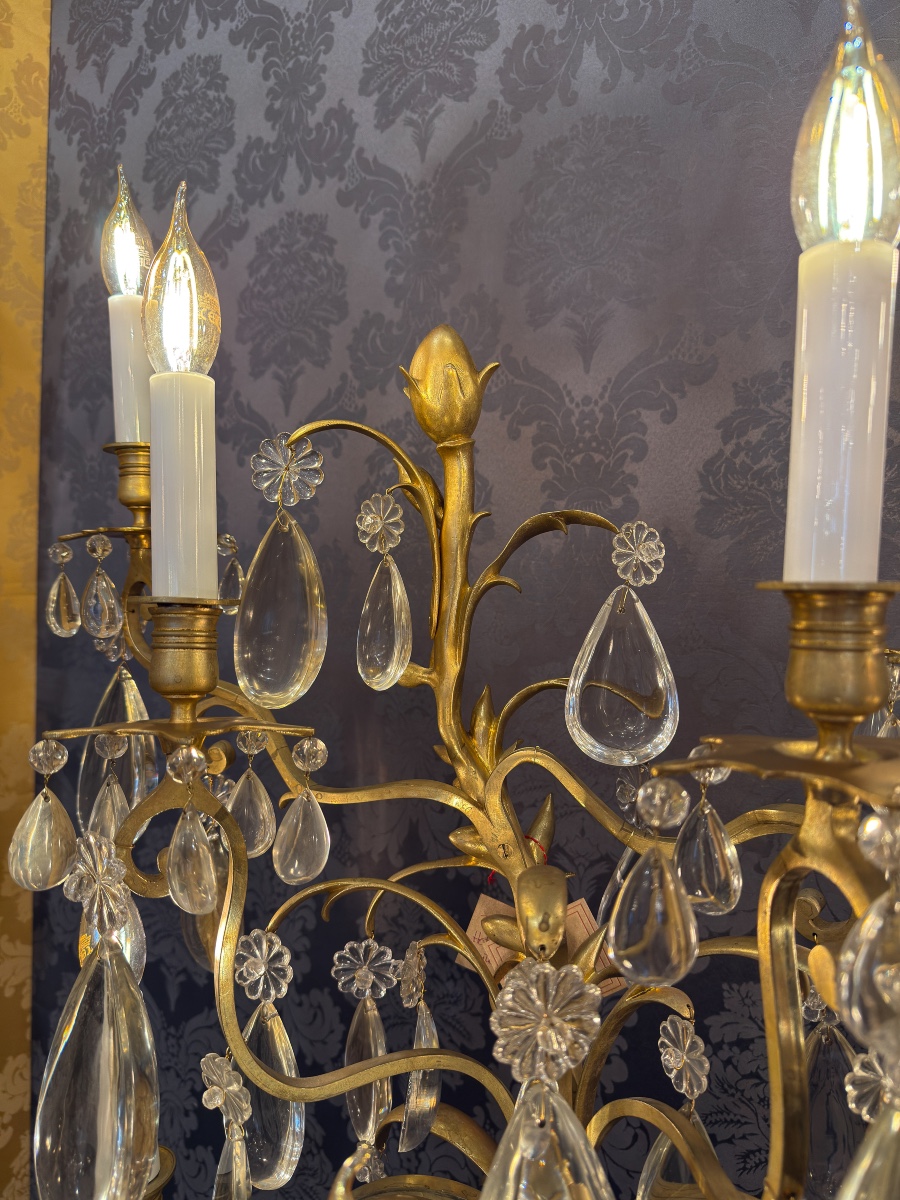
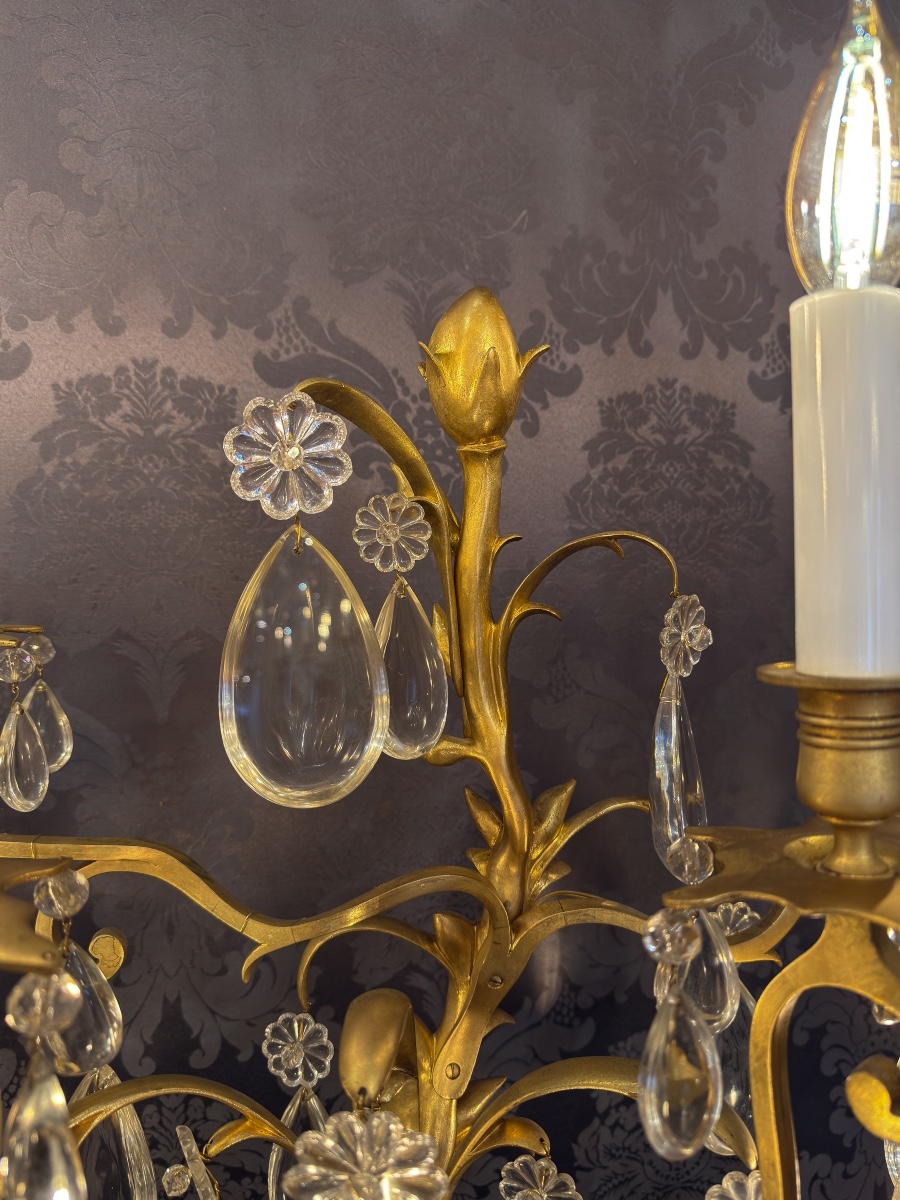
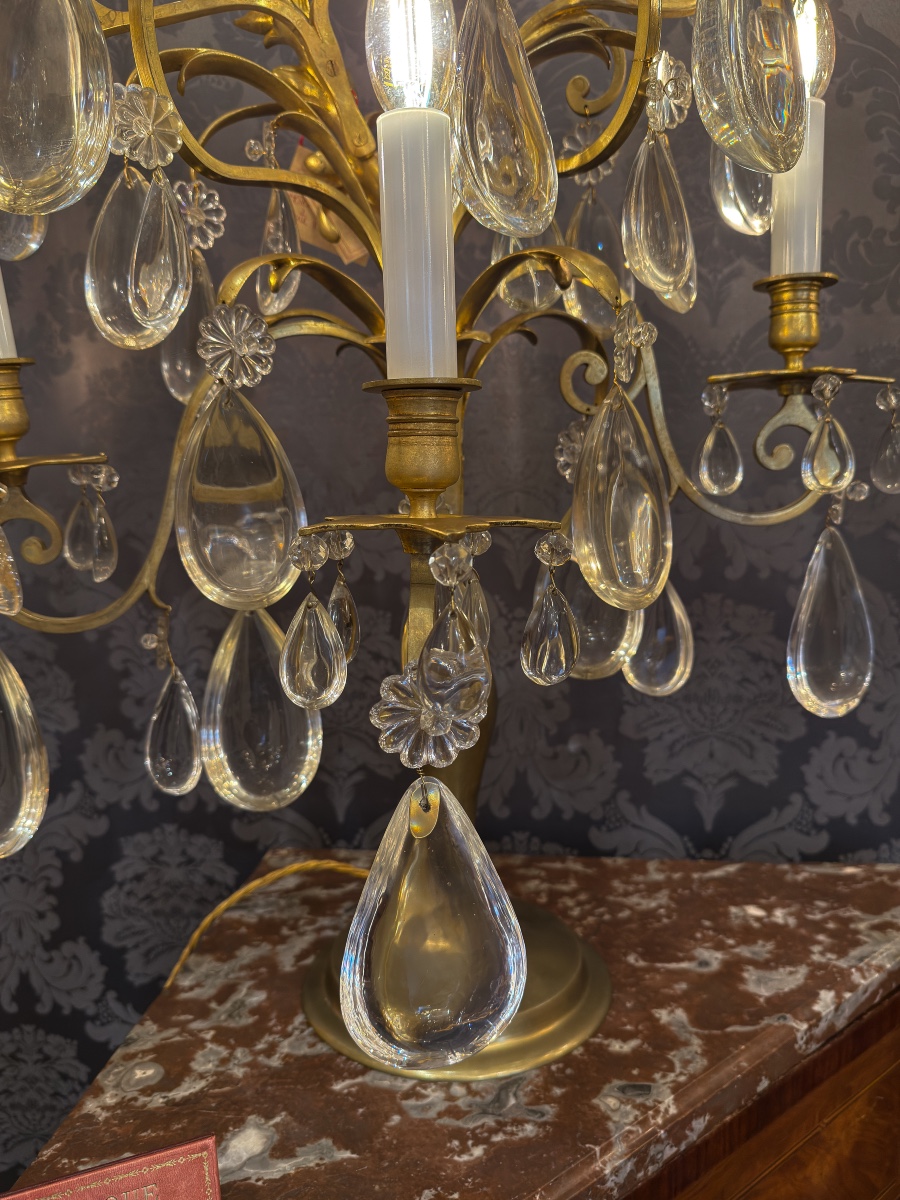
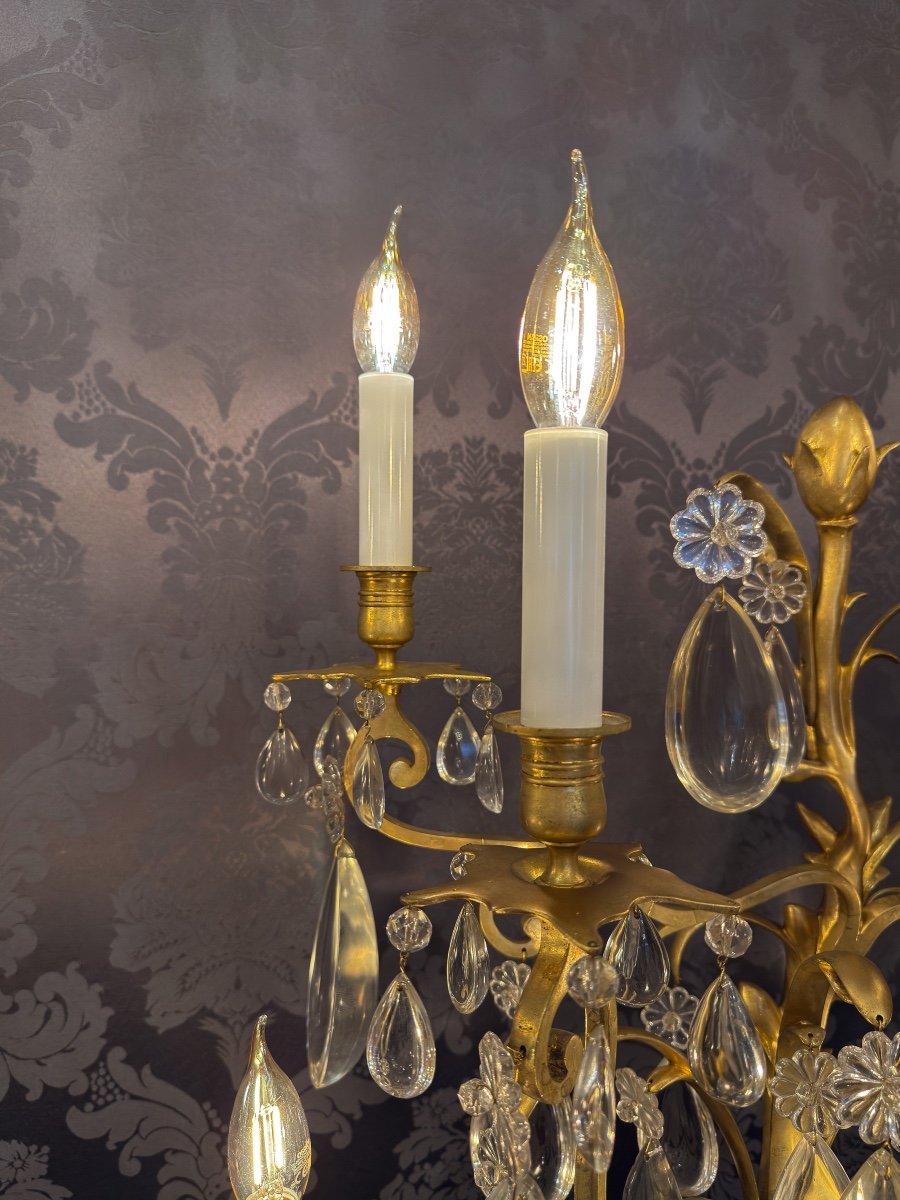


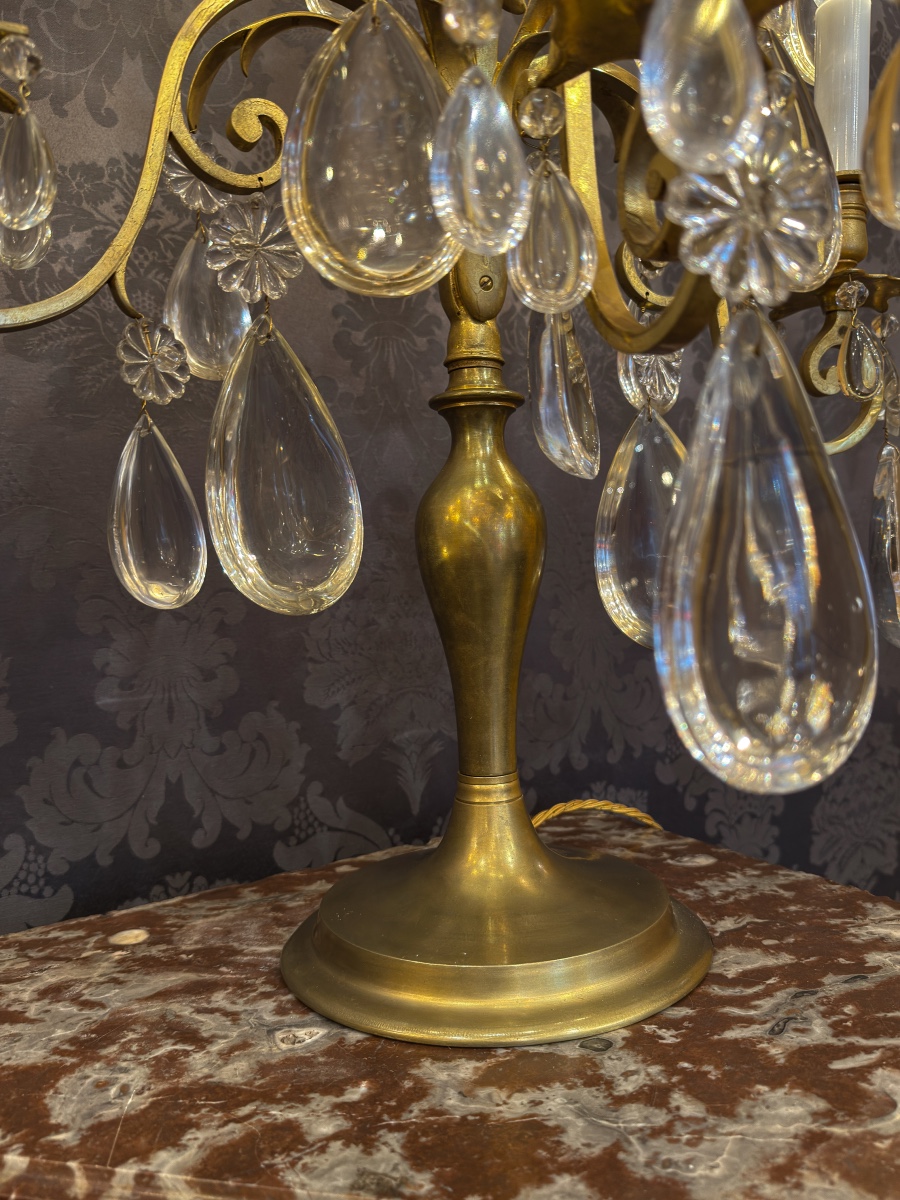
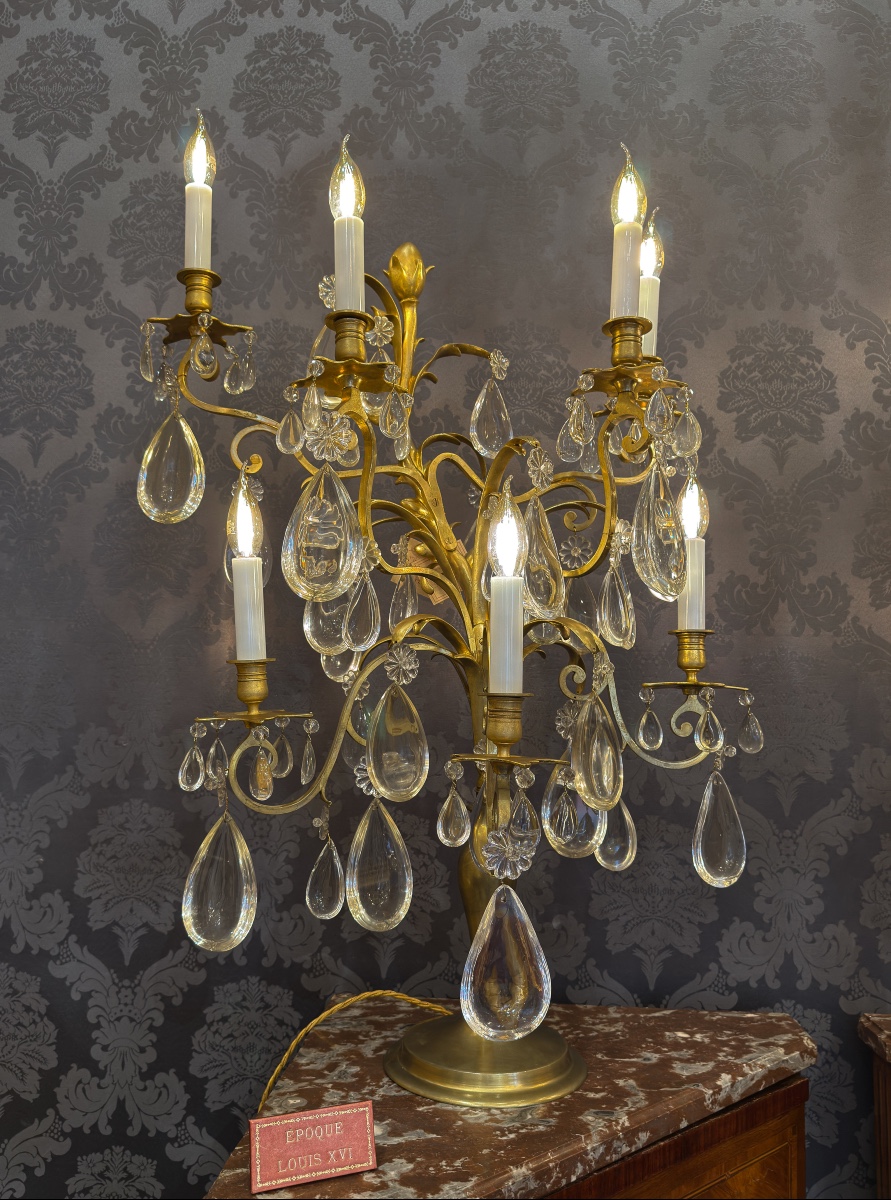
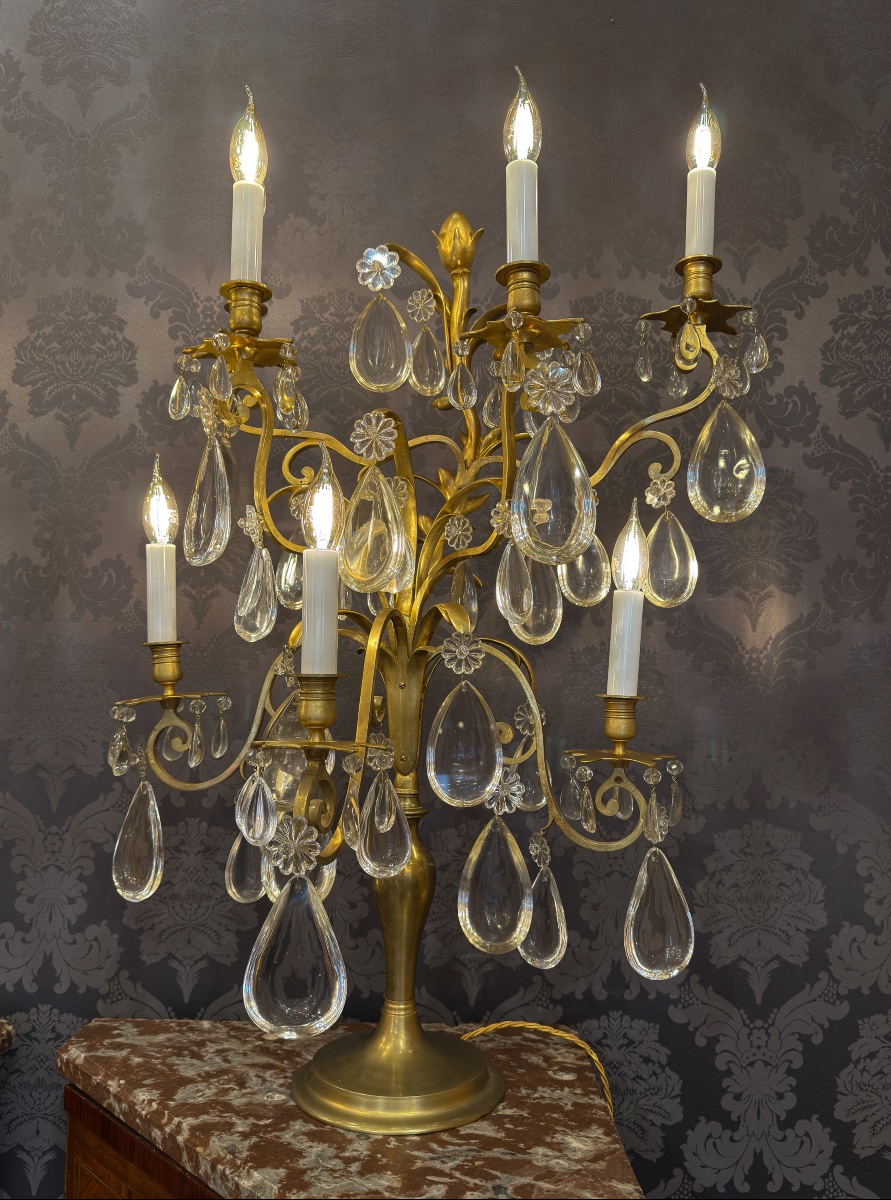

















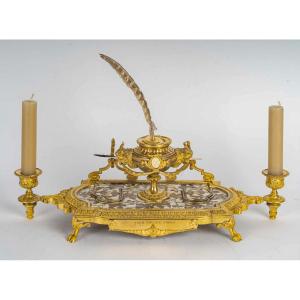







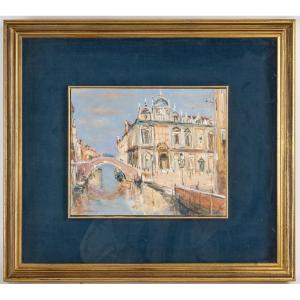


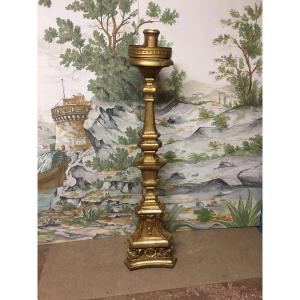
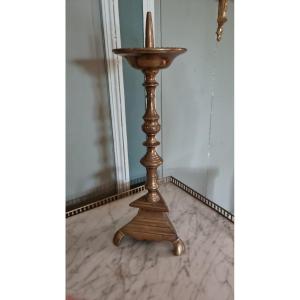

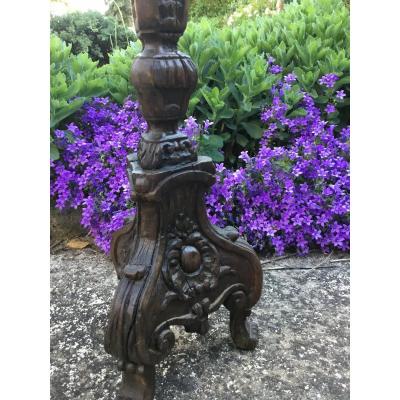




 Le Magazine de PROANTIC
Le Magazine de PROANTIC TRÉSORS Magazine
TRÉSORS Magazine Rivista Artiquariato
Rivista Artiquariato